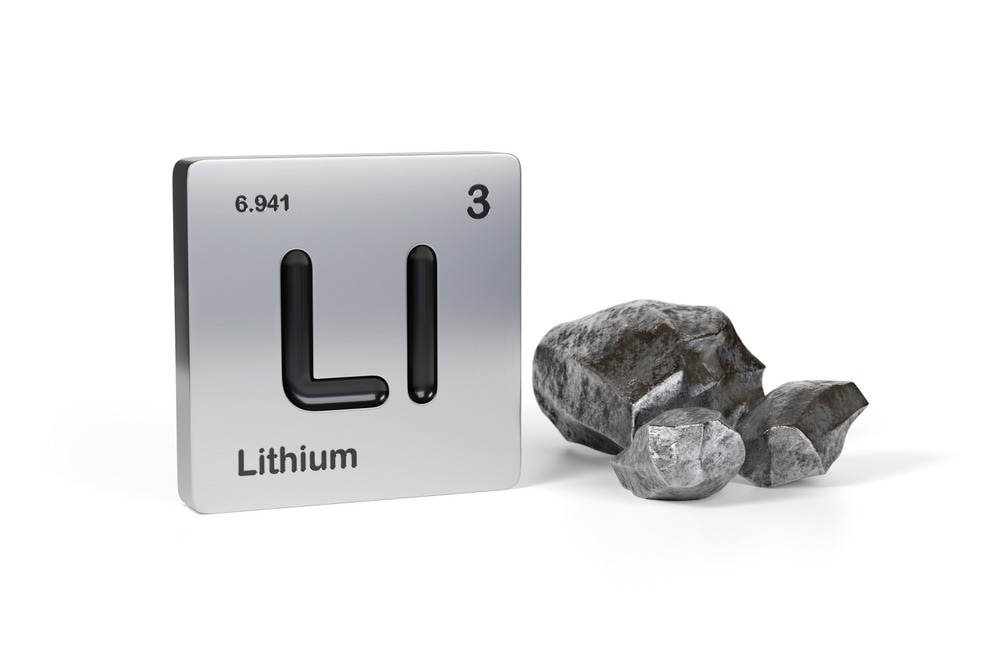Lithium is turning out to be the new gold, thanks to its increasing applications of lithium-ion batteries in computers, electric cars, and portable devices, influencing the price and impacting the supply of the comparatively rare metal. Researchers are on the edge of coming up with a way of utilizing sodium to substitute some of the lithium, thereby cutting costs and assuring the supply.

Image Credit: Juan Roballo/Shutterstock.com
Researchers have looked at dispensing with lithium totally and, in turn, using sodium or other elements in high-quality batteries. Sodium is more affordable and available (it can be found in seawater, as sodium chloride), but has drawbacks. Lithium batteries remain the ideal material for delivering the concentrated charge required to operate cars and portable devices.
Ph.D. student Tullio Geraci and Professor Alexandra Navrotsky from Arizona State University have embraced a different method; combining sodium and lithium in the same battery. This assures to streamline supply issues and pave the path to more affordable batteries and a safer supply chain.
The group produces lithium-sodium materials and defines their homogeneity, structures, and thermodynamic characteristics. The scientists employ a dedicated approach developed and regulated in the Navrotsky laboratory (High-temperature oxide melt solution calorimetry) to quantify the energetic stability of the materials, while heating experiments regulate their likely decomposition in use.
Exhibiting their outcomes at the Goldschmidt geochemistry conference, Tullio Geraci stated “We have been mixing small amounts of sodium with lithium, and testing it for stability, and then seeing how it performs. It’s a step-by-step process, and when we first started the stability was not promising - the first thing we need is to see if the mixture stays in a usable form. But as we increased the sodium content stability improved. So far, we have achieved a 10% mixture, and it seems fine, it’s still thermodynamically stable. We believe can push this up to around 20% before we see any significant difference in performance”.
Tullio Geraci continued, “At first we were unsure whether these Li/Na dilutions could even be made. Surprisingly, we found that weak dilutions tend to break down, the solutions lose their homogeneity, and the crystal structure which is important to produce a battery. But as we increase the amount of sodium the material becomes more stable. After we have arrived at the optimum mix, we need to turn our findings over to battery technologists to produce the first sodium-lithium batteries. We believe these are the first steps in developing a new battery technology”.
As a remark, Professor Nancy Ross (Department of Geosciences, Virginia Tech, Blacksburg VA) stated, “The research by Geraci and Navrotsky highlights how geochemistry can be applied to developing new materials of technological importance. Their research opens a promising avenue to explore alternative, more affordable, and sustainable sources for Lithium batteries that we depend upon in our daily lives.”
This is an independent comment and Professor Ross was not involved in this work.